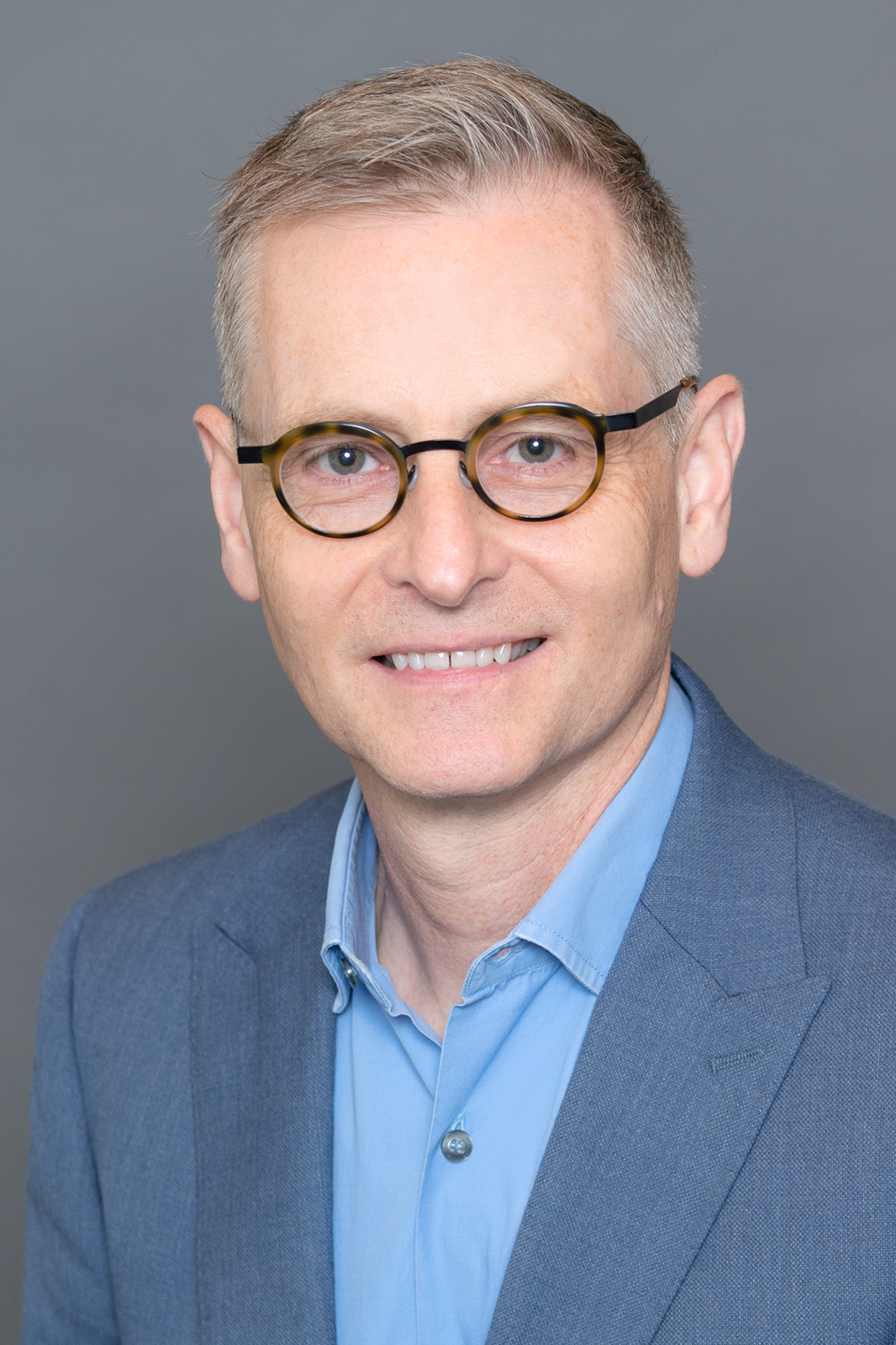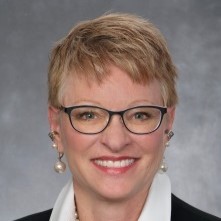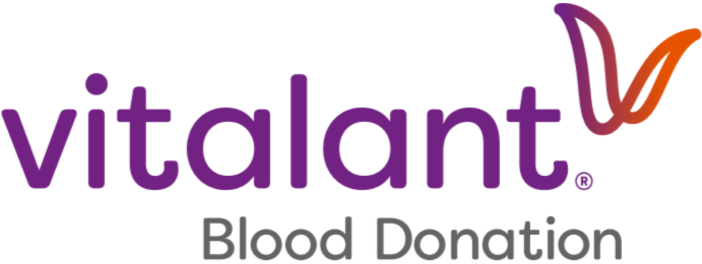Two Vitalant leaders played significant roles in bringing this change to fruition. Mary Townsend, M.D. served as chair of the Association for the Advancement of Blood and Biotherapies’ (AABB) Donor History Questionnaire Task Force, while Brian Custer, Ph.D., led efforts on behalf of the Vitalant Research Institute, which has been a leader in conducting studies and providing data to support policy change for more than 10 years.
Vitalant Research Institute
Brian Custer, Ph.D.
 The Transfusion Transmissible Infections Monitoring System (TTIMS) operates as a surveillance mechanism to assess blood safety in the U.S. This program created the structure necessary for monitoring the impact of the change from indefinite deferral for men who have sex with men to shorter-length deferrals and, now, the Individual Donor Assessment approach.
The Transfusion Transmissible Infections Monitoring System (TTIMS) operates as a surveillance mechanism to assess blood safety in the U.S. This program created the structure necessary for monitoring the impact of the change from indefinite deferral for men who have sex with men to shorter-length deferrals and, now, the Individual Donor Assessment approach.
The Research Institute served as a founding leader of TTIMS, directly contributing to the evaluation of policy changes. Along with Dr. Custer, the Research Institute’s Roberta Bruhn, Mars Stone, Clara Di Germanio and others continue to work on the blood safety monitoring aspect of the IDA project as part of TTIMS.
Additionally, the Research Institute served as the lead research organization for the FDA’s Assessing Donor Variability and New Concepts in Eligibility (ADVANCE) Study. Vitalant enrolled participants at three of eight study sites (San Francisco, Memphis and New Orleans/Baton Rouge) and managed all aspects of the project from recruitment to final results. The American Red Cross and OneBlood served as partners in this study.
The FDA cited results from TTIMS and the ADVANCE Study in its final recommendations.
“I have worked to address topics on blood donor selection policies and donor deferrals for 20 years and, for the last 10 years, have focused on studies that support more equitable blood donor selection rules,” Dr. Custer said. “I am proud of our direct contribution to evidence-based policy change. It hasn’t always been easy, but the commitment to generating high-quality data is the foundation on which the change to Individual Donor Assessment for our industry has been built.”
AABB
Mary Townsend, M.D.
 Dr. Townsend has been a member of the AABB Donor History Questionnaire Task Force since its inception in 2000. This task force is responsible for reviewing FDA guidance and creating a donor history questionnaire that can be used by all blood centers. In her first term as chair, she oversaw the implementation of an abbreviated questionnaire. And as the FDA allowed reductions in deferral periods for the men-who-have-sex-with-men policy, she assisted the task force in producing revised versions to accommodate changes.
Dr. Townsend has been a member of the AABB Donor History Questionnaire Task Force since its inception in 2000. This task force is responsible for reviewing FDA guidance and creating a donor history questionnaire that can be used by all blood centers. In her first term as chair, she oversaw the implementation of an abbreviated questionnaire. And as the FDA allowed reductions in deferral periods for the men-who-have-sex-with-men policy, she assisted the task force in producing revised versions to accommodate changes.
As other countries introduced individual donor assessment selection without evidence of increased risk to the safety of the blood supply, the task force committed to moving in a similar direction. Dr. Townsend was asked to serve as chair again and oversee this process, which helped bring Vitalant and the rest of the industry to this watershed moment.
“Having fought discrimination against my LGBTQ+ friends over the years, I have sometimes struggled with the fact that sexually active gay and bisexual men were deferred from donating blood,” she said. “I am thrilled that there is now a universal donor history questionnaire that removes sexual orientation from consideration while maintaining the safety of the blood supply. And to have played a part in this historic milestone is fulfilling on many levels.”
'A major step forward'
With Individual Donor Assessment implementation complete, both Dr. Townsend and Dr. Custer look forward to the future and what this change means not only for blood services organizations but also donors, hospitals and patients in need.
“This is a major step forward, and at the Research Institute, we want to be pacesetters for ensuring the safety of the blood supply and fair access for as many people as possible to be blood donors,” Dr. Custer said. “This represents an opportunity to expand the donor base and build bridges between different communities. I hope we will see those relationships grow over time.”
Dr. Townsend echoes Dr. Custer’s sentiments on growing the donor base: “We are better situated to approach and collect blood donations at institutions, such as colleges and universities, that have previously been put off by what some perceived to be discriminatory,” she said. “In the long run, this should lead to more donations that can help save lives.”
Learn more about the Individual Donor Assessment implementation at Vitalant.

